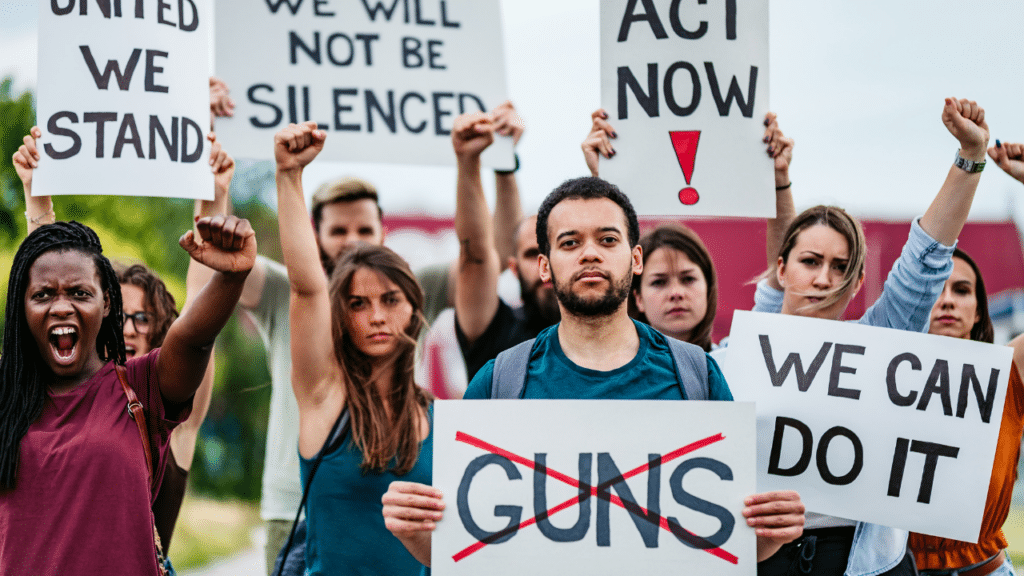In the face of escalating gun violence, a neighborhood in southeast Portland, Oregon, has taken a creative approach to tackle the issue. Faced with a troubling increase in shootings and accidents, local leaders and residents decided to transform a problematic intersection into a vibrant community space.
They replaced a turning lane with a new park, an innovative solution to reduce crime and enhance safety.
According to Portland Mercury, the intersection in the Mt. Scott-Arleta neighborhood had become notorious for frequent shootings and traffic accidents.
The area, previously a tree-lined traffic island known as the Arleta Triangle, was reimagined as a park with a colorful rainbow painted on the ground. This change involved eliminating the turning lane and expanding the existing green space.
“Our goal is to revitalize the Arleta Triangle into a dynamic public area that fosters positive community engagement and activities,” said Transportation Commissioner Jo Ann Hardesty.
Local Today Washington News reported that gun violence surged dramatically in this Portland area following the pandemic's onset. Mt. Scott-Arleta Neighborhood Association Chair Matchu Williams described the escalation, noting that incidents increased from a few per year to almost daily occurrences, with some involving dozens of shell casings.
The high levels of violence deeply affected residents, especially parents concerned for their children's safety. In response, the community rallied together to seek solutions that didn’t rely solely on increased police presence.
Resident Nadine Salama spearheaded efforts to gather community feedback on safety concerns, which she then presented to Commissioner Hardesty. Together, they addressed issues such as poor lighting and reckless driving, implementing several safety measures.
Significant improvements were made within a month of their meeting: the church parking lot was restricted to one entrance, new lighting was installed around the intersection, and trees were trimmed to improve visibility. Additional measures included placing “local access only” cones to reduce traffic and deploying park rangers. This swift action demonstrated the potential of community-driven solutions.
Remarkably, these relatively simple changes resulted in a 64% reduction in gun violence in just three months. The community held a block party in the new park to celebrate the success.
Hardesty reflected on the project’s success: “The community’s smiles and the acknowledgment that their concerns were heard and addressed matter most. We were prepared to try different approaches if necessary, but this one proved effective. It’s crucial to be open to experimenting with solutions to make a real impact.”
 Skip to content
Skip to content
